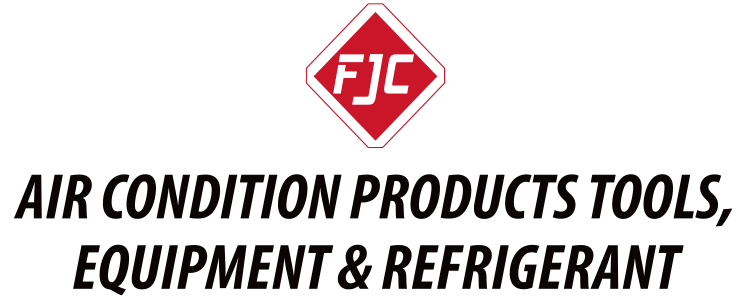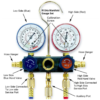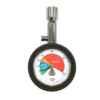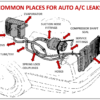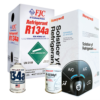Essential Things to Understand Before Buying Booster Cables
At FJC we understand that all booster cables are not the same. So don’t grab those cables from the bargain bin just yet! First be sure read this informative blog before making that well-intentioned impulse purchase. Learn about
important considerations for this handy tool and, of course, always be sure to closely follow instructions and all safety rules before using them.
Gauge
The term “Heavy Duty” as it applies to booster cables can be deceiving. You will be better served by considering the gauge of the cables themselves. The gauge refers to how big around the cable is (the lower the gauge the thicker the cable). The thicker the cable also denotes the more amps that can be safely transferred. It is important to restate that (counterintuitively!) the lower the gauge, the more power goes through it and the faster it will charge. At FJC we offer 10 gauge light duty cables (fine for compact vehicles), all the way to 1 gauge commercial grade—and we carry everything in between. Bear in mind, a commercial grade cable will also effectively charge a compact vehicle…..but light duty cables will likely not charge a larger vehicle.
Length
The length of the cables determines how close you need to be to another vehicle to get or give a jump start. A good minimum length for booster cables is 12’ for a basic reach, although even longer is better. Batteries have been known to die with less-than-ideal battery access due to vehicle positioning. The longer the cables the less likely you will need to push or maneuver a vehicle into a more advantageous position.
Clamp
The importance of quality clamps cannot be overstated. You should be on the lookout for a good, solid clamp with teeth to prevent slippage from the battery terminals. The sturdier the clamp, the better it will stay in place, and the less likely the cables are to fail or overheat. In addition, consider rubber-coated handles to help protect the user against shock.
Package
FJC offers cables in sleeves, boxes, and protective plastic cases. The sturdy case helps protect the cables from damage/corrosion while they’re in your car, helping them to last a lot longer. If you choose cables without a case, invest in a sturdy container dedicated to their storage.
As Murphy’s Law dictates, most of us need to use booster cables at the most inopportune times: in the freezing cold, at night, or in the rain or snow. (Dead batteries seldom seem to happen at the beach on a balmy day!)
Remember:
· The lower the gauge, the less time you’ll spend waiting for your battery to charge.
· The longer your cables, the less necessary it will be to have perfect vehicle positioning.
· The stronger the clamps you choose, the less likely for them to slip from the terminals.
· If you opt for rubber-coated clamps, the less likely you will suffer a shock.
· And the sturdier the cable’s packaging, the less likely they will become damaged in your vehicle.
Understand and make your best choice for this important piece of safety equipment now to avoid annoying issues later. You can view FJC’s complete line of booster cables here.
LMK 2019

